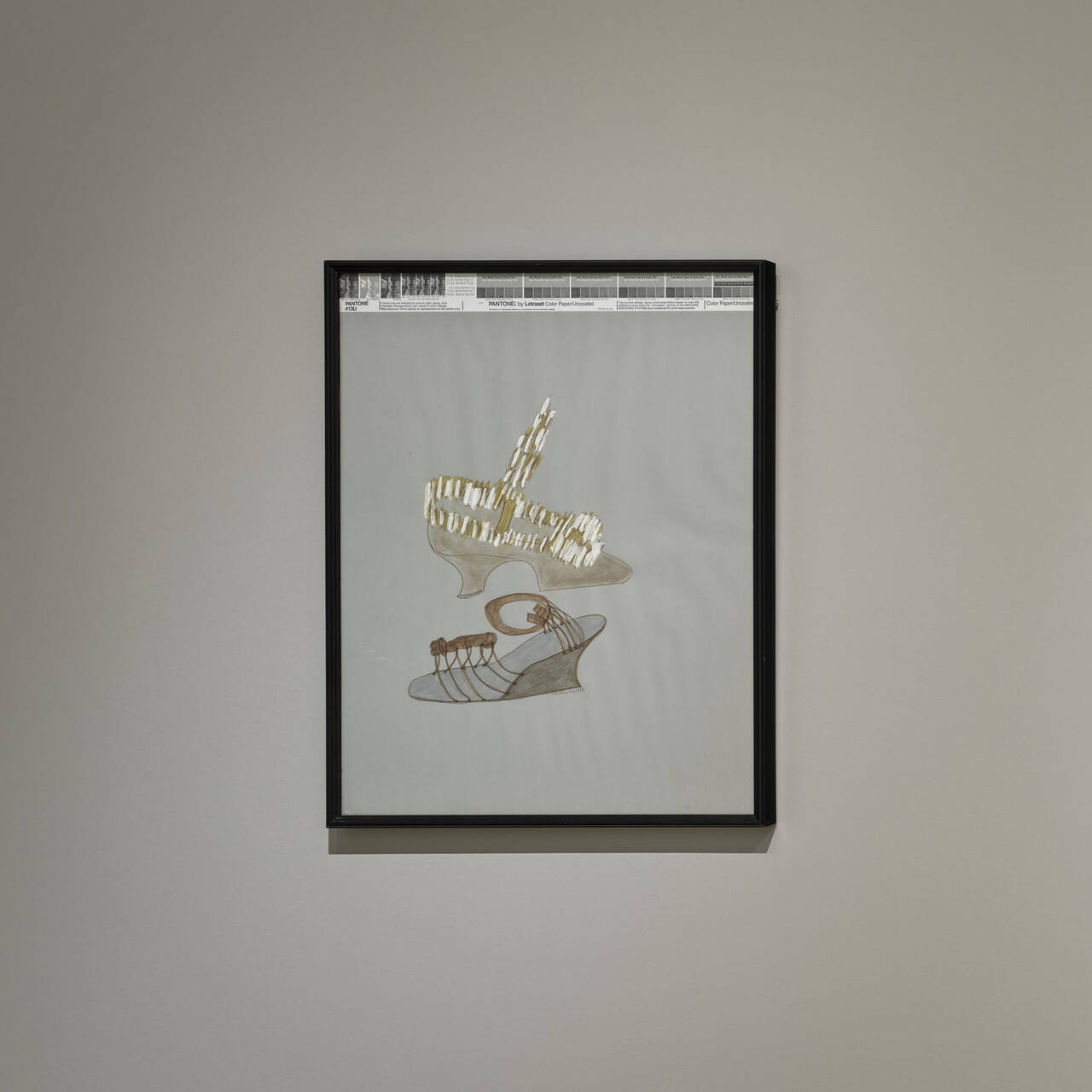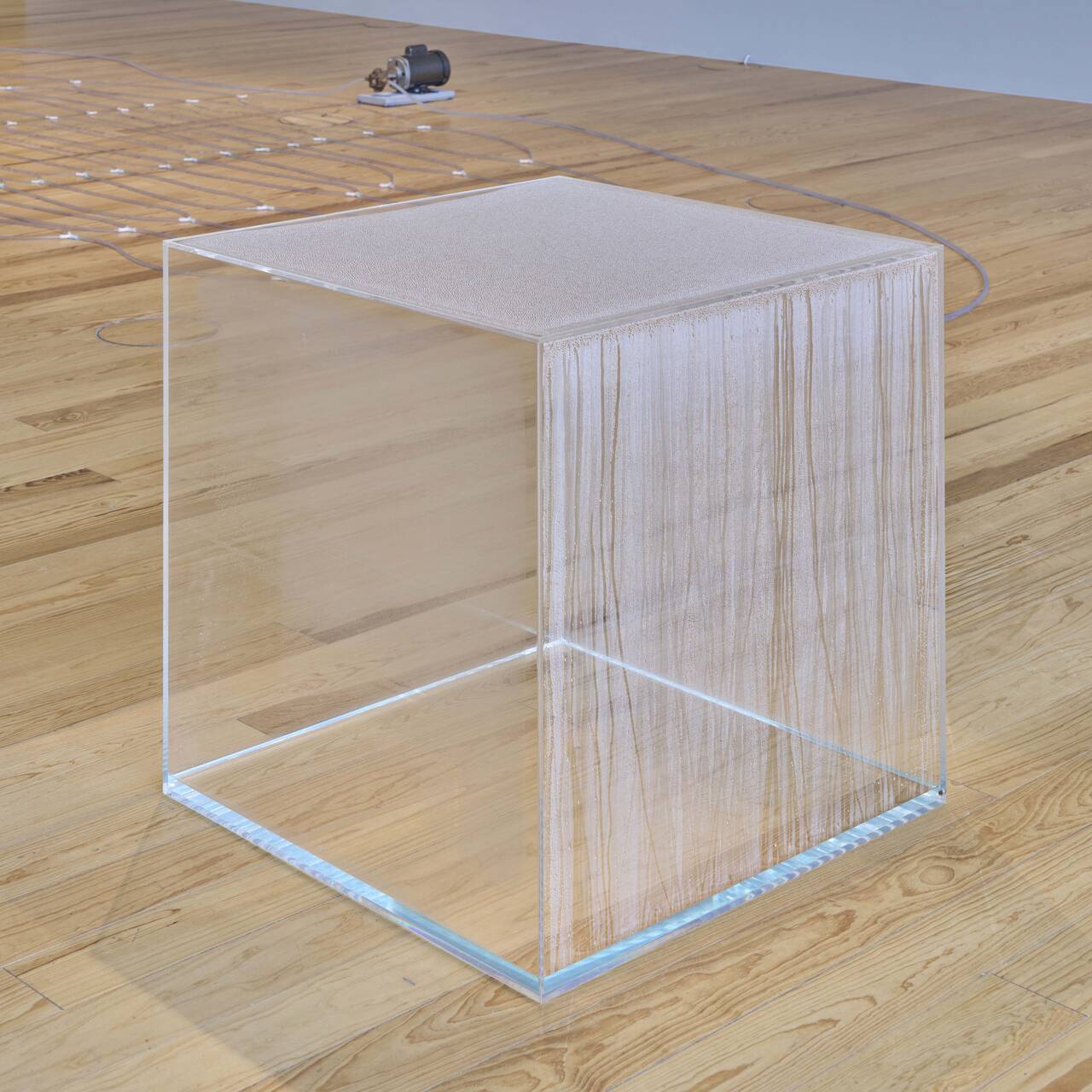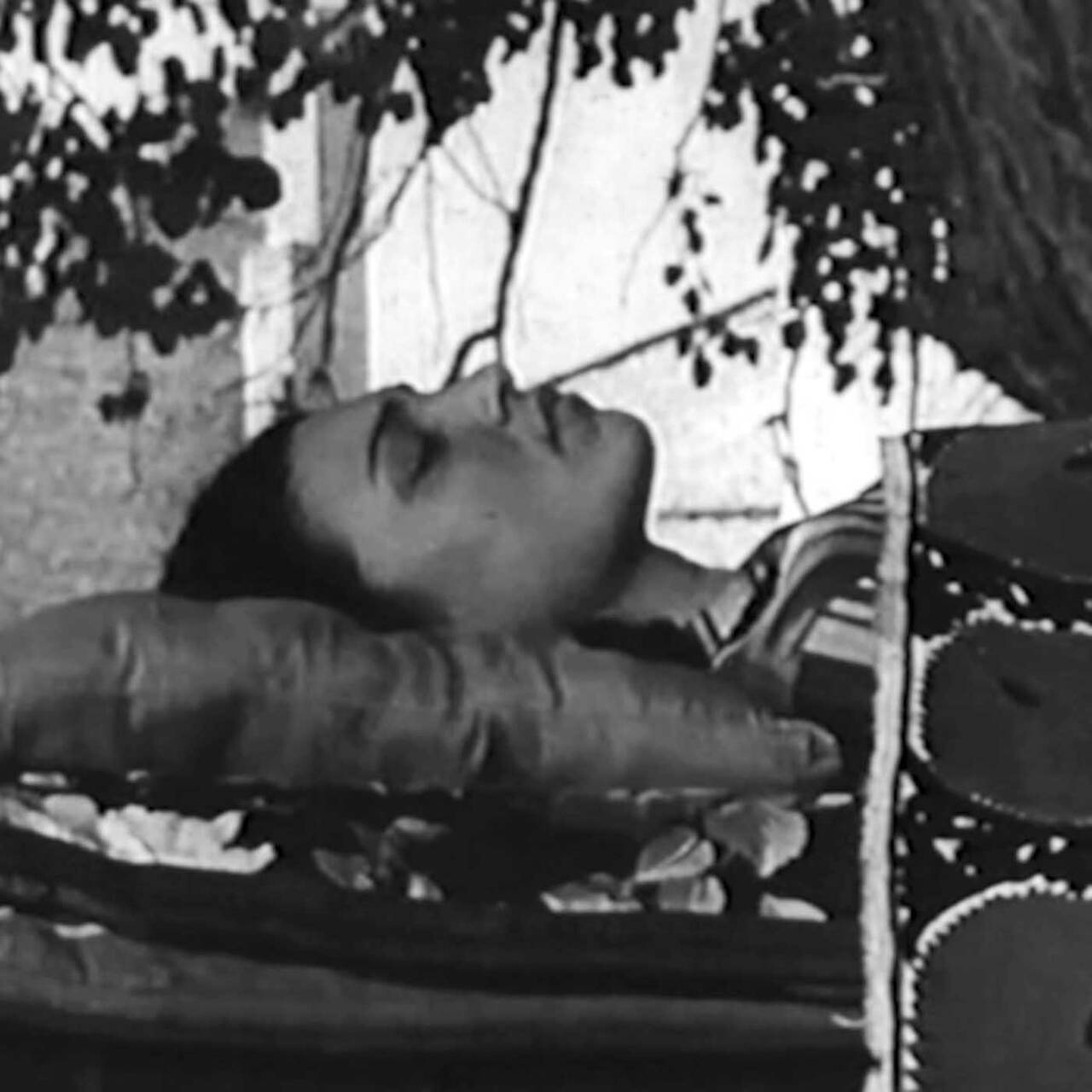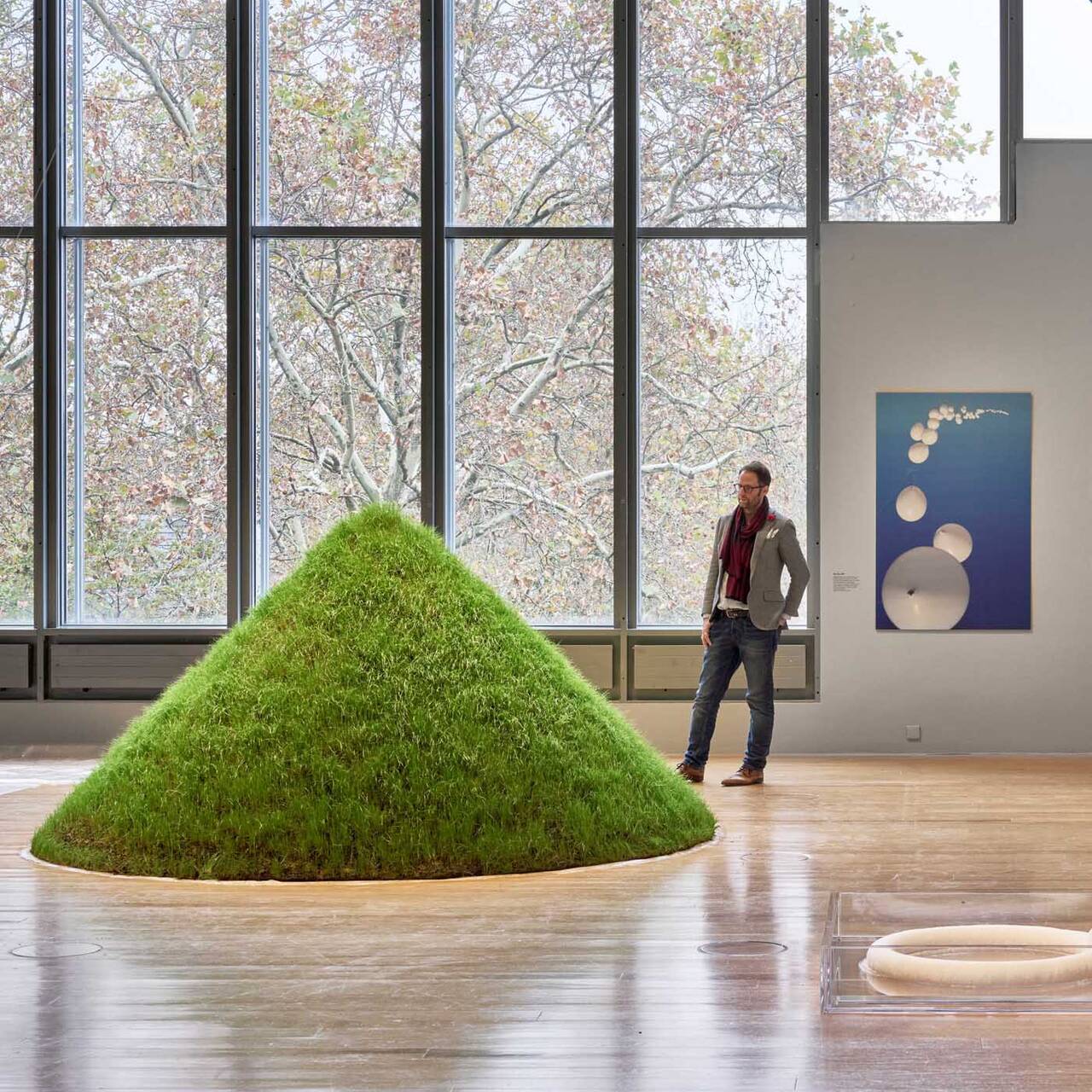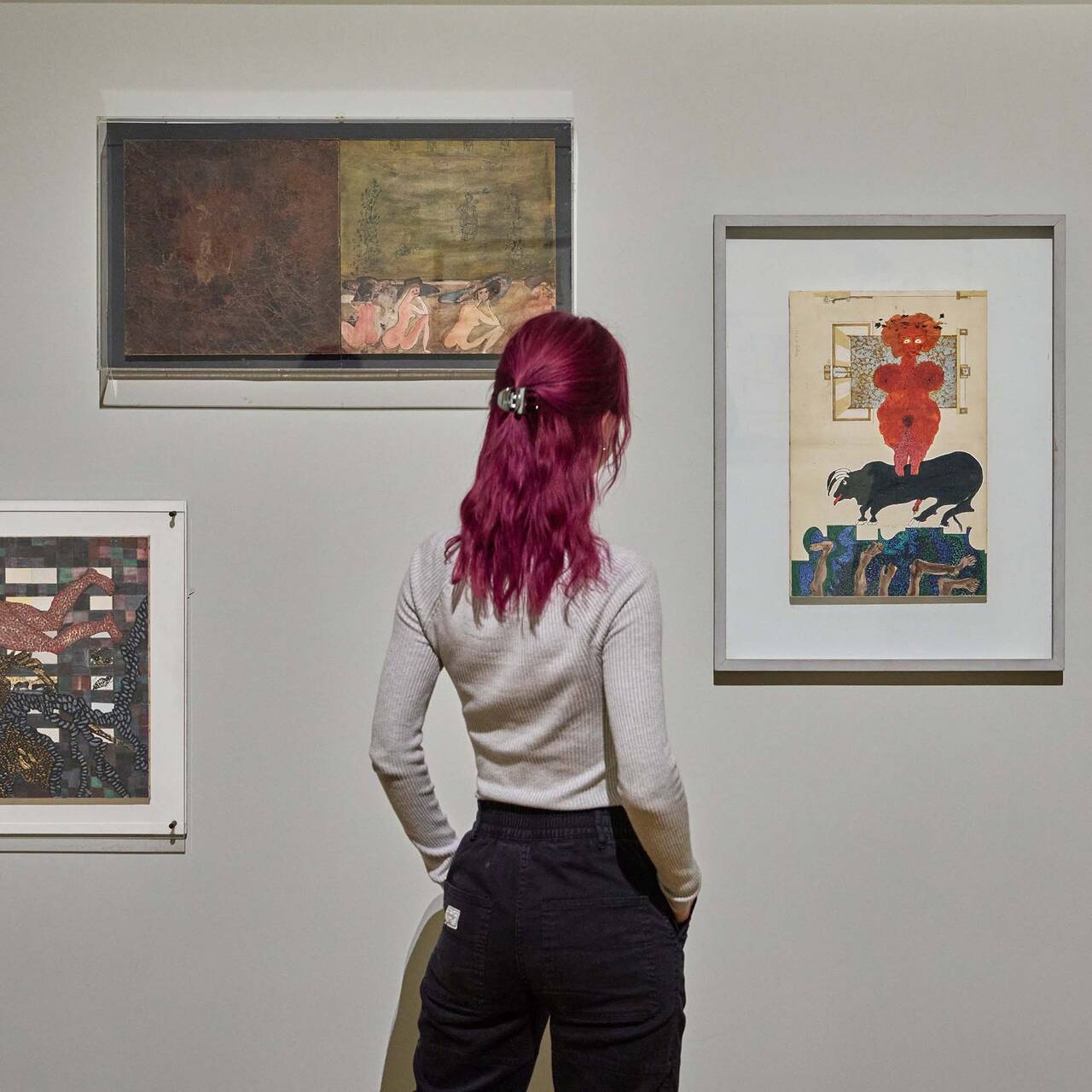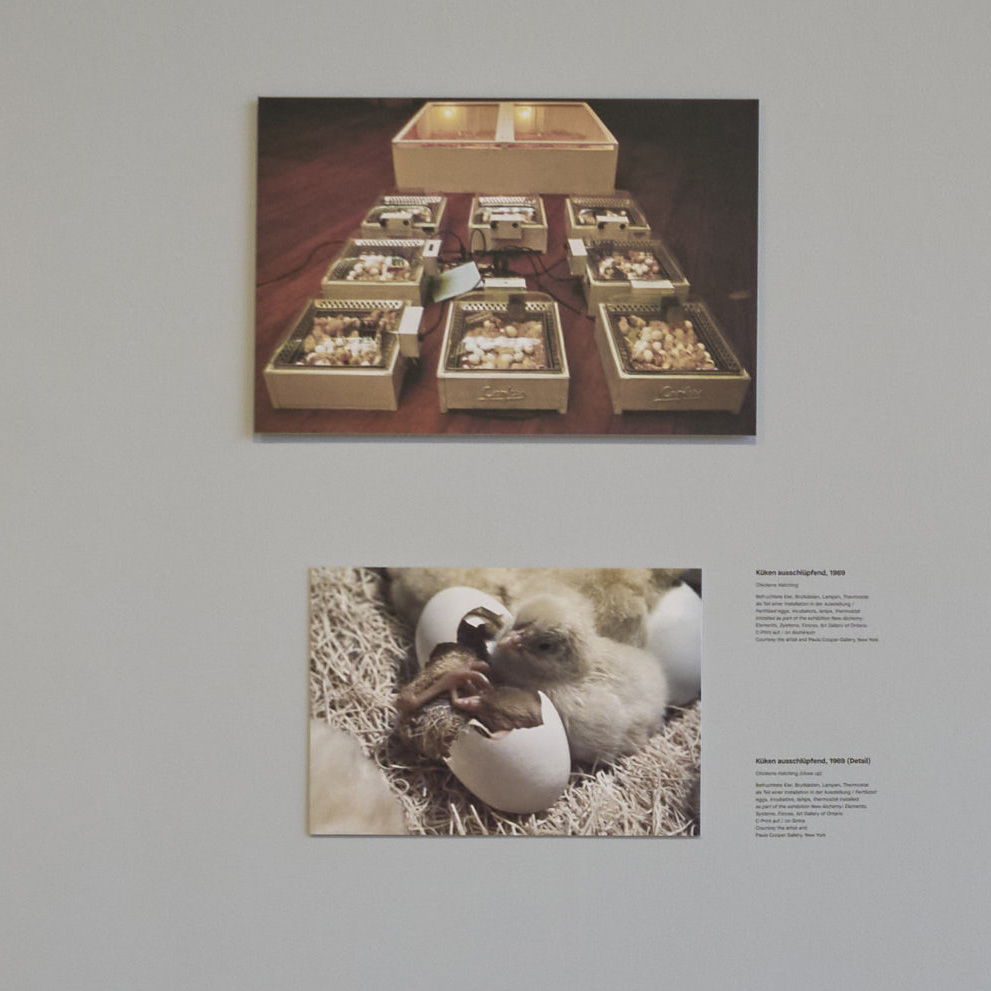Christo and his wife Jeanne-Claude seldom did things by halves. A new film about their mammoth project “The Floating Piers” will now come to the cinema.
They wrapped up an entire strip of coast near Sydney in Australia, and did the same to Paris’s Pont Neuf, not to mention the German Reichstag in 1995, probably their best-known project. Just as mad and breathtaking is the project “The Umbrellas, Japan – USA,” for which more than 3,000 blue and yellow parasols, each six meters high, 200 kilos in weight, and over eight meters in diameter, were exhibited in open landscapes in Japan and the United States.
They are works of impressive opulence, dreams made reality, that the artist couple Christo and Jeanne-Claude finance entirely by themselves. A highlight of this artistic “thinking big” is the project “The Floating Piers,” which was created in 2016 on the Lago d’Iseo against the picturesque mountain panorama of the Italian Alps. Incidentally, it’s worth mentioning that Christo and Jeanne-Claude had the idea for the project back in 1969, but attempts to realize it in Argentina and Japan failed, since they were unable to obtain the necessary permits.
11.000 people are to walk simultaneously across the water
In his documentary film “Christo – Walking in Water,” director Andrey Paounov takes a look behind the scenes of “The Floating Piers” and portrays the eccentric, then 81-year-old artist. The fact that the project made Christo’s white hair stand on end is hardly surprising given its monumental dimensions. After all, it involved nothing less than enabling up to 11,000 people to walk on water simultaneously on a three-kilometer-long, 16-meter-wide pier created using 220,000 canisters made of polyethylene, with an equal number of giant screws, hundreds of anchors, and around 100,000 square meters of bright, dahlia-yellow fabric. The project is rumored to have cost 15 million euros, which was financed entirely by revenues from Christo’s sales. Phew!

Christo and Jeanne-Claude, Wrapped Reichstag, Berlin, 1971-95, Photo: Wolfgang Volz © 1995 Christo, Image via christojeanneclaude.net

Christo and Jeanne-Claude, The Umbrellas, Japan-USA, 1984-91, Photo: Wolfgang Volz © 1991 Christo, christojeanneclaude.net
Paounov tells the story of this mammoth project in an extremely entertaining way. His film unfolds without a narrator or any classic interview situations, and is accompanied by an atmospheric brass and percussion score. Like a countdown, the documentary builds up to the opening of “The Floating Piers.” At the beginning, we see Christo in his studio working on the images that will later be sold at high prices, or in a school in which Christo talks to a class about the project. “I love real things. Real things! Real things! Not virtual realities!,” he mutters, going on to say that he likes the wind, the wet, the dry, real fear and real pleasure.
I love real things. Real things! Real things! Not virtual realities!
There are several of these scenes in which Christo’s propensity for the real, for the analog, is emphasized. This may seem overwhelming every now and again, but it is nevertheless always very entertaining too. After all, as soon as the man even touches technology, complications arise. Microphones fail, and the digital canvas in the school, on which he is supposed to draw something, just doesn’t work at all. “Take it easy!” murmurs one of Christo’s colleagues as the artist starts swearing at his computer.
Yet it’s these emotional flare-ups that make the film so amiable too. Far from being a shuffling elegy or tedious adulation, “Christo – Walking in Water” in fact gives the impression of being right in the midst of life. Particularly direct are the scenes in which the artist explodes, waving his hands around because something doesn’t work according to his preconceptions. Or when there is yet another shouting match between him and his nephew Vladimir Yavachev, who plays an extremely important role as the project’s coordinator. The heightened tensions are understandable given the struggles they have to overcome: Alongside the massive logistical nightmare, the team members are kept on their toes by their dealings with local politicians, for example, as well as the unpredictability of nature, which hampers their efforts with wind and rain.


Things don’t get much easier even once “The Floating Piers” has opened – quite the contrary in fact, as the force of nature is surpassed by the buses of visitors bringing almost twice as many people as planned, meaning the project could quite literally sink under the weight of them all.
From around 700 hours of archive recordings, YouTube videos, iPhone films and his own material, Andrey Paounov has created a virtually seamless film. With his own drive, plenty of humor, and a sensitive eye, he shows a charming portrait of the wiry man whose unbridled ambition and downright perseverance one can’t help but be impressed by. And Christo’s statement that the couple’s artworks are completely useless is of course a joke. After all, over the 16 days during which “The Floating Piers” was open, Christo and his wife, who is ever-present in the film, gave an unbelievable 1.2 million visitors the chance to walk on water, all free of charge. How could the gift of such an experience be described as useless?


